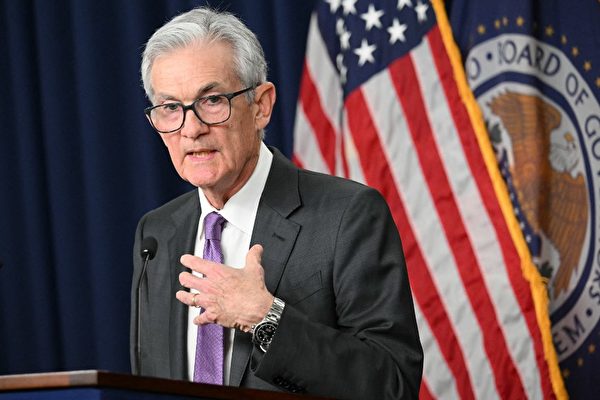The Federal Reserve (Fed) announced on September 18 a 0.5 percentage point cut, lowering the benchmark interest rate to 4.75%-5%, marking the first rate cut in over four years since March 2020.
Fed officials believe that with inflation falling to target levels, an economic recession can be avoided. The Fed’s statement emphasized its goal of balancing employment rates and maintaining inflation around 2% in the long term. The Fed expressed confidence in progressing towards the 2% inflation target and believed the risks of achieving high employment rates and reducing inflation goals were generally balanced. However, the statement also highlighted the ongoing uncertainty in the U.S. economic outlook.
According to a survey by the Financial Times, most economists predict the U.S. is headed for a soft landing – with GDP continuing to expand, inflation potentially falling to the Fed’s 2% target, and the unemployment rate remaining relatively low.
The median results of the survey show that the interviewed economists estimate a GDP growth rate of 2.3% in 2024 and 2% in 2025. By the end of this year, the unemployment rate may rise to 4.5%, slightly higher than the current 4.2%, but still at historic lows. The Personal Consumption Expenditure Price Index (PCE), an important indicator for the Fed, is projected to decrease to 2.2% by year-end.
Data published by the U.S. Department of Labor in September revealed that the annual inflation rate for August measured at 2.5%, exceeding expectations. However, Jamie Dimon, Chairman and CEO of J.P. Morgan, warned of the potential for the U.S. economy to experience “stagnant inflation,” the “worst outcome” where economic growth stagnates, and both inflation and unemployment rates rise simultaneously.
Stagnant inflation could lead to reduced retirement savings and stock market crashes, a scenario last seen in the United States during the 1970s.
Dimon also expressed concerns about the U.S. federal debt situation. According to a report released by the Congressional Budget Office (CBO) in mid-June, U.S. federal debt is projected to reach 109% of GDP by 2028, rising to 122% by 2034, 2.5 times the average GDP ratio over the past 50 years.
Reported by Fox Business Network, interest payments on public debt in October have already surpassed allocations for Medicare and defense budgets for the first time in U.S. history, exceeding one trillion dollars. This could potentially exacerbate inflation further.
Dimon had previously warned of a slowdown in the U.S. economy, suggesting that estimates of a soft landing ranging from 70% to 80% were overly optimistic. He believed there was only a 35% to 40% chance of a soft landing being achieved, with an economic recession still being the most likely outcome.
Former U.S. Secretary of Commerce Wilbur Ross also suggested that the U.S. economy is heading towards a mild recession. He mentioned that injecting $5 trillion of “non-productive” cash during the pandemic, with a significant portion of the stimulus funds not being used effectively, as Americans “spent it immediately.” The expansionary fiscal policy stimulated demand for goods and services but did not create supply.
He added that this was a primary cause of inflation, with consumer prices in 2022 reaching a 23-year high. Furthermore, he pointed out distortions in the labor market due to stimulus policies, estimating that around 30% to 40% of the job opportunities created post-pandemic were government-related.

